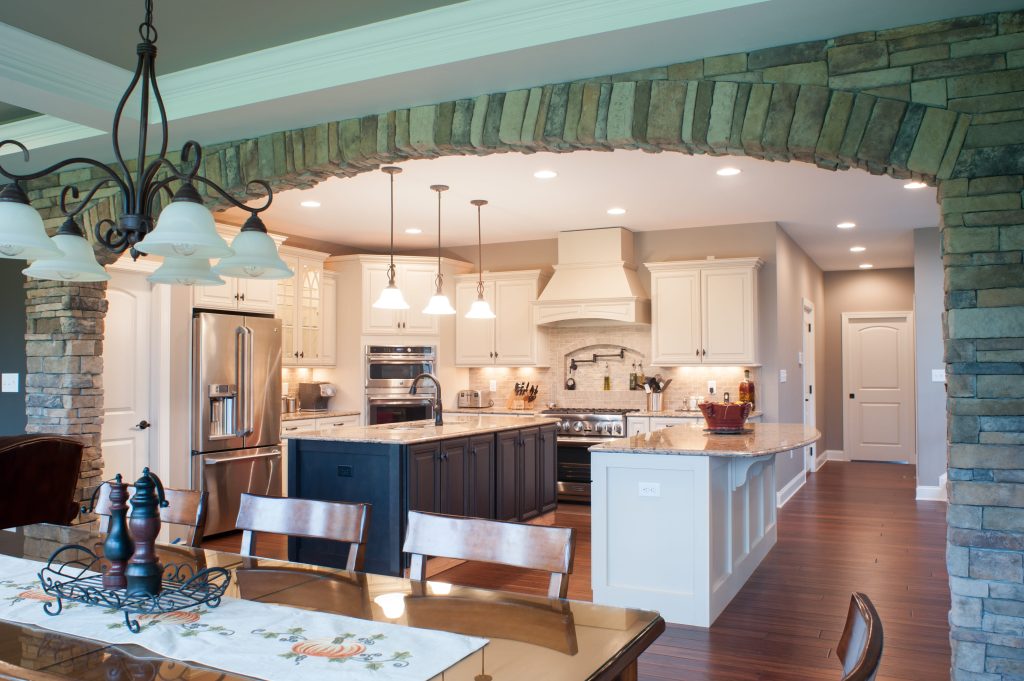In the dynamic realm of culinary arts, restaurant kitchen efficiency stands as a cornerstone for success. The heartbeat of any dining establishment relies heavily on the effectiveness of its kitchen, and this efficiency is greatly influenced by the judicious selection of restaurant kitchen equipment. From cutting-edge appliances to time-tested tools, the choices made in outfitting a kitchen profoundly impact both the workflow and the quality of the final culinary creations. At the forefront of culinary efficiency is the selection of cooking appliances. In recent years, advancements in technology have birthed a new generation of kitchen equipment that not only expedites the cooking process but also enhances precision. Induction cooktops, for example, have become increasingly popular due to their rapid heating capabilities and energy efficiency. These cooktops not only reduce cooking times but also contribute to a greener kitchen by minimizing energy consumption. Furthermore, convection ovens equipped with smart features offer chefs precise control over temperature and cooking time, ensuring consistent and impeccable results.
In addition to high-tech cooking appliances, the choice of cutting and food preparation tools plays a pivotal role in culinary efficiency. Commercial kitchens often demand high-volume food production, necessitating durable and ergonomic equipment. Rovsun devices such as food processors and immersion blenders streamline prep work, allowing chefs to focus on the creative aspects of their craft. Stainless steel, renowned for its durability and ease of cleaning, remains the material of choice for knives and other kitchen utensils. A well-organized and accessible kitchen, facilitated by the strategic placement of prep stations and storage areas, further optimizes workflow and minimizes unnecessary movements. Refrigeration and storage are indispensable facets of culinary efficiency, ensuring the freshness and safety of ingredients. Energy-efficient refrigerators and freezers not only preserve perishables but also contribute to cost savings over time. The strategic placement of refrigeration units and storage areas within the kitchen layout can minimize unnecessary steps for kitchen staff, enhancing overall productivity. Furthermore, the implementation of inventory management systems, often integrated with modern kitchen technologies, aids in keeping track of ingredient quantities, reducing waste, and facilitating timely restocking.
A lesser-known yet integral aspect of restaurant kitchen efficiency lies in the realm of ventilation and exhaust systems. Commercial kitchens generate a significant amount of heat, smoke, and necessitating robust ventilation to maintain a comfortable working environment. High-quality ventilation systems not only improve air quality but also contribute to fire prevention and safety. Energy-efficient exhaust systems, equipped with adjustable features, provide chefs with control over airflow, ensuring a well-ventilated and pleasant cooking atmosphere. The culinary landscape is evolving, and so too must the equipment within restaurant kitchens. Culinary efficiency is not solely about speed it encompasses a harmonious orchestration of technology, and sustainability. From advanced cooking appliances to ergonomic knives and strategic kitchen layouts, each choice contributes to the overall efficiency and success of a restaurant’s kitchen. By making informed choices in restaurant kitchen equipment, chefs and restaurant owners pave the way for a seamless and productive culinary journey, enhancing not only the dining experience for patrons but also the satisfaction and creativity of the culinary team.

 Durability is a hallmark of the portable folding camping chair and view the page
Durability is a hallmark of the portable folding camping chair and view the page  While all tub sun powered spreads carry out the responsibility in giving investment funds on your warming framework and diminishing vanishing as depicted above, not all sunlight based covers are the equivalent in plan or viability. Bathroom tub covers come in various thicknesses. Picking a thicker one will cost you more; however it will offer more vitality investment funds. The thicker spreads protect better and move a more noteworthy measure of warmth to the tub. If that was not already enough to reserve funds, they are more solid and last longer as well. Regular tub spread thicknesses are 8mm, 12mm and 16mm. Shading is additionally a significant factor in the viability of sun powered tub covers for bathroom tubs on the grounds that while all spreads forestall pretty much a similar measure of water and compound dissipation, they do not all offer equivalent warmth move as far as catching the sun oriented vitality.
While all tub sun powered spreads carry out the responsibility in giving investment funds on your warming framework and diminishing vanishing as depicted above, not all sunlight based covers are the equivalent in plan or viability. Bathroom tub covers come in various thicknesses. Picking a thicker one will cost you more; however it will offer more vitality investment funds. The thicker spreads protect better and move a more noteworthy measure of warmth to the tub. If that was not already enough to reserve funds, they are more solid and last longer as well. Regular tub spread thicknesses are 8mm, 12mm and 16mm. Shading is additionally a significant factor in the viability of sun powered tub covers for bathroom tubs on the grounds that while all spreads forestall pretty much a similar measure of water and compound dissipation, they do not all offer equivalent warmth move as far as catching the sun oriented vitality.